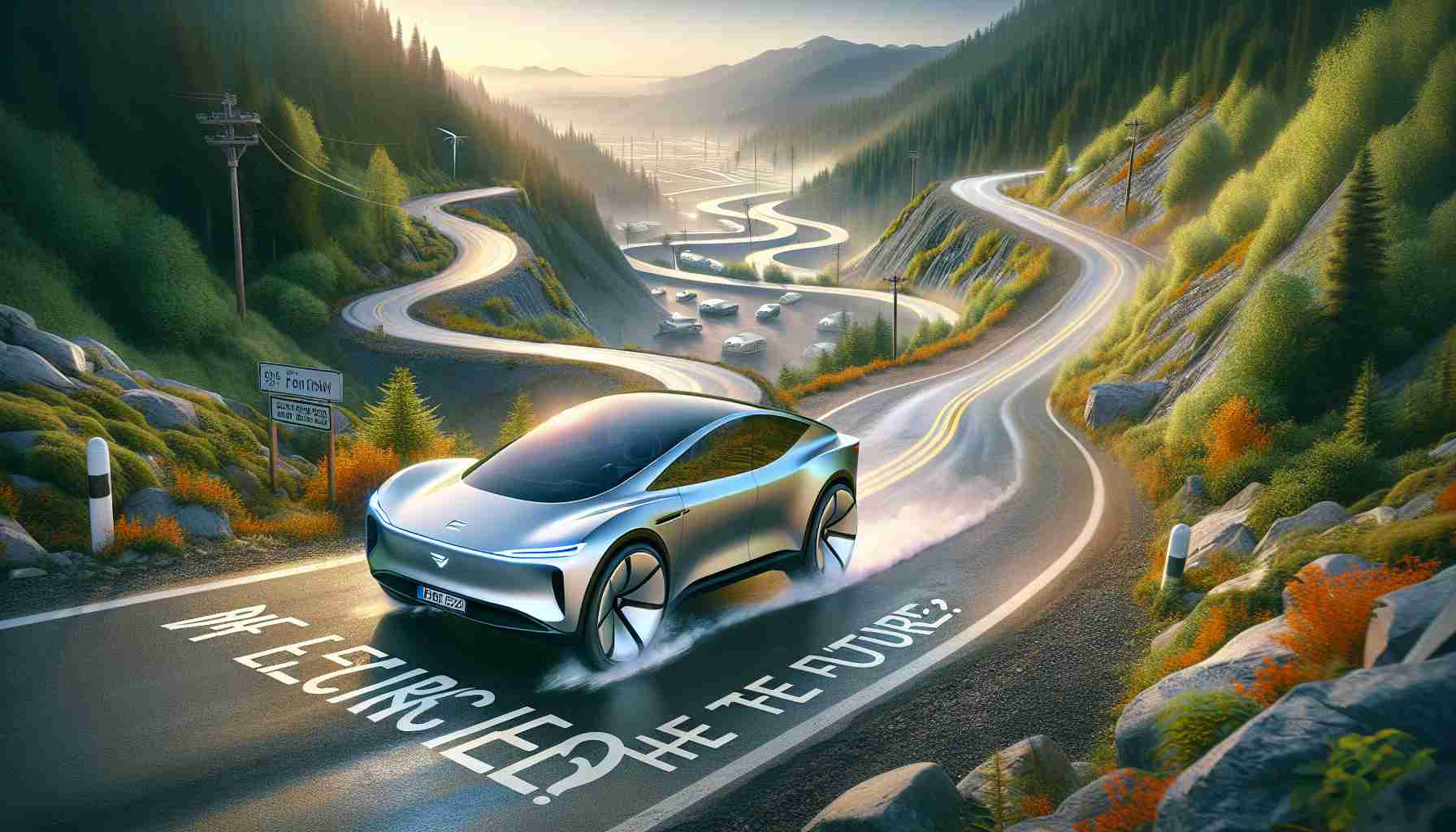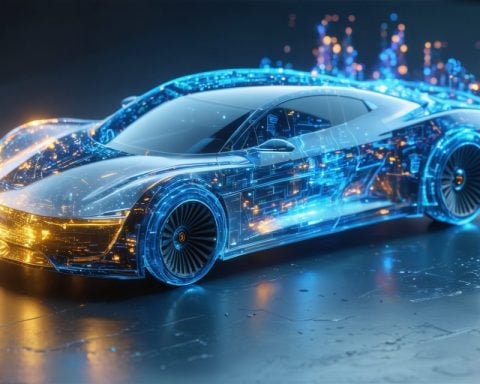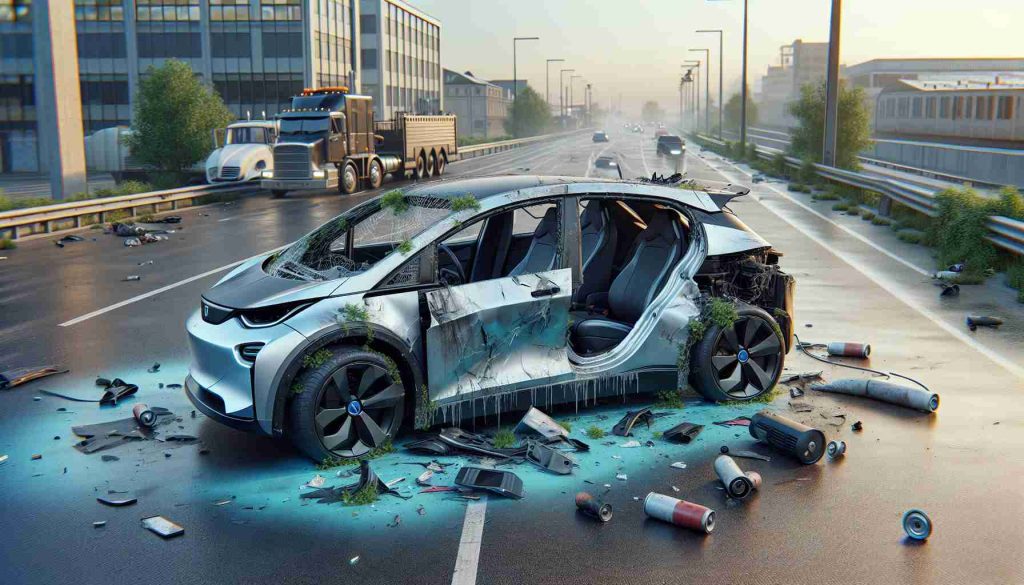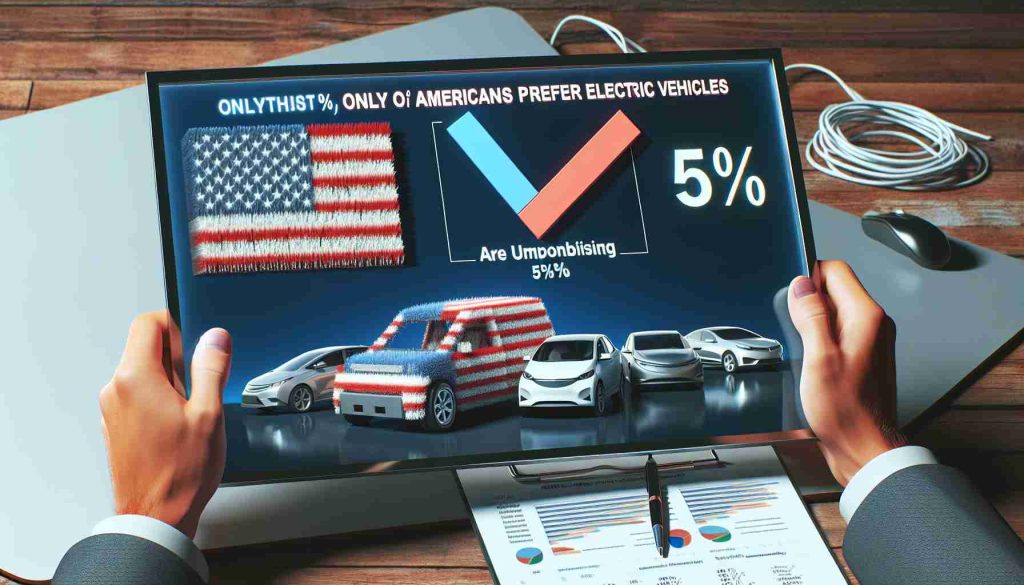Rivian’s Journey in the Electric Vehicle Market
Rivian, a U.S.-based electric vehicle manufacturer established in 2009, is striving to make a significant impact in the premium EV market. The company showcases an exciting range including the rugged R1T pickup, the versatile R1S SUV, and the eco-friendly delivery van designed for Amazon’s commitment to sustainability. However, the path hasn’t been smooth, marked by challenges in production and financial sustainability.
Despite generating $3.2 billion in revenue over the first nine months of 2024, Rivian faced mounting pressures with a gross profit loss of $1.3 billion. The company has also reported total operating losses of around $4 billion due to high operational costs and component shortages, which led to a downward revision in its production forecast.
Looking ahead, Rivian is optimistic about achieving positive gross profit in the fourth quarter, bolstered by expected revenues from regulatory credits. The introduction of more affordable models, such as the R2, R3, and R3X, aims to broaden its appeal and boost sales, with deliveries forecasted to commence in 2026.
With a recent $6.6 billion loan from the U.S. Department of Energy to bolster manufacturing capabilities in Georgia, Rivian is positioning itself for future growth. Yet, navigating the uncertainties of EV policies and market demand remains crucial. Investors may want to monitor the unfolding situation closely before committing to Rivian’s stock.
The Broader Impact of Rivian’s Electric Ambitions
Rivian’s quest to carve a niche in the electric vehicle (EV) market is not just a corporate journey; it reflects broader societal shifts towards sustainability and innovation. As Rivian develops its lineup, it underscores a critical transition in consumer behavior, where customers are increasingly prioritizing environmentally conscious products. The emphasis on electric vehicles, like Rivian’s R1T and R1S, promotes a significant transformation in automotive culture, advocating for cleaner transportation alternatives amid the backdrop of climate change challenges.
The implications extend to the global economy. Rivian’s aggressive push into the market signals a competitive landscape where traditional automakers are compelled to innovate. This could lead to job creation in green technologies and supply chains that support EV production. Moreover, the collaboration with Amazon for eco-friendly delivery vehicles enhances the intersection of tech and sustainability, showing potential for new economic models that prioritize carbon reduction.
However, as Rivian navigates production hurdles, environmental concerns remain paramount. Increased demand for lithium-ion batteries could exacerbate resource extraction issues, leading to environmental degradation if not managed sustainably. Consequently, Rivian’s future will depend not only on achieving production efficiency but also on creating a sustainable supply chain.
Looking ahead, Rivian’s ability to adapt to regulatory demands and market trends may redefine its long-term significance in the EV sector, potentially influencing policies that enhance sustainable practices across the industry.
Rivian’s Electric Future: Innovations and Trends Reshaping the EV Landscape
Introduction
Rivian, an electric vehicle manufacturer founded in 2009, has been making strides in the premium EV market with its rugged R1T pickup and versatile R1S SUV, along with a delivery van designed for Amazon. While Rivian’s journey has faced challenges, its commitment to innovation and sustainability positions it as a key player in the electric vehicle industry. This article delves into Rivian’s recent developments, potential uses, and the broader market landscape.
Recent Developments
1. Financial Performance and Challenges
In the first nine months of 2024, Rivian reported a revenue of $3.2 billion, but this was overshadowed by a gross profit loss of $1.3 billion. The operating losses reached around $4 billion, primarily due to high operational costs and component shortages. These financial pressures have compelled Rivian to revise its production forecasts downward.
2. New Model Introductions
To broaden its market appeal, Rivian plans to introduce more affordable models, including the R2, R3, and R3X. Deliveries of these models are projected to start in 2026, allowing Rivian to tap into a larger segment of the electric vehicle market.
3. Funding for Expansion
Recently, Rivian secured a significant $6.6 billion loan from the U.S. Department of Energy. This funding is earmarked for enhancing manufacturing capabilities in its Georgia facility, which is crucial for scaling production and meeting market demand.
Use Cases of Rivian Vehicles
– Adventure Ready: The R1T pickup and R1S SUV cater to outdoor enthusiasts looking for rugged, all-terrain capabilities combined with electric efficiency.
– Sustainable Delivery: The electric delivery vans designed for Amazon highlight Rivian’s role in promoting sustainable logistics, addressing the growing demand for green transportation solutions.
Pros and Cons
Pros:
– Innovative electric vehicle design focused on sustainability.
– Diversification of vehicle offerings to attract a broader audience.
– Significant funding to enhance manufacturing capabilities.
Cons:
– High operational costs leading to substantial financial losses.
– Production challenges potentially delaying vehicle availability.
– Increased competition from other established EV manufacturers.
Innovations and Features
Rivian vehicles are equipped with advanced features, including:
– All-Terrain Capability: Enhanced performance in diverse driving conditions.
– Sustainable Materials: Use of eco-friendly materials in vehicle interiors.
– Smart Technology: Integration of cutting-edge technology for superior user experience, including robust infotainment systems.
Market Analysis and Trends
The electric vehicle market is witnessing a significant shift towards sustainability and affordability. Rivian’s strategy to introduce lower-priced models aligns with the rising consumer demand for accessible EV options. As the industry grows, manufacturers are focusing on minimizing their carbon footprint, showcasing innovations that prioritize sustainability.
Predictions for Rivian
While challenges remain, Rivian’s plan to introduce new models and improve production capabilities positions it for potential growth. The anticipated positive gross profit in the fourth quarter of 2024, driven by revenues from regulatory credits, may signal a turn towards financial stability. As new models roll out, Rivian’s ability to meet consumer expectations will largely determine its market position.
Conclusion
Rivian stands at a crucial juncture in the electric vehicle landscape. While it faces notable challenges, the company’s innovative spirit and strategic initiatives suggest a promising future. Investors and consumers alike should keep an eye on Rivian’s developments as the EV market continues to evolve.
For more information about Rivian and its offerings, visit Rivian’s official website.















